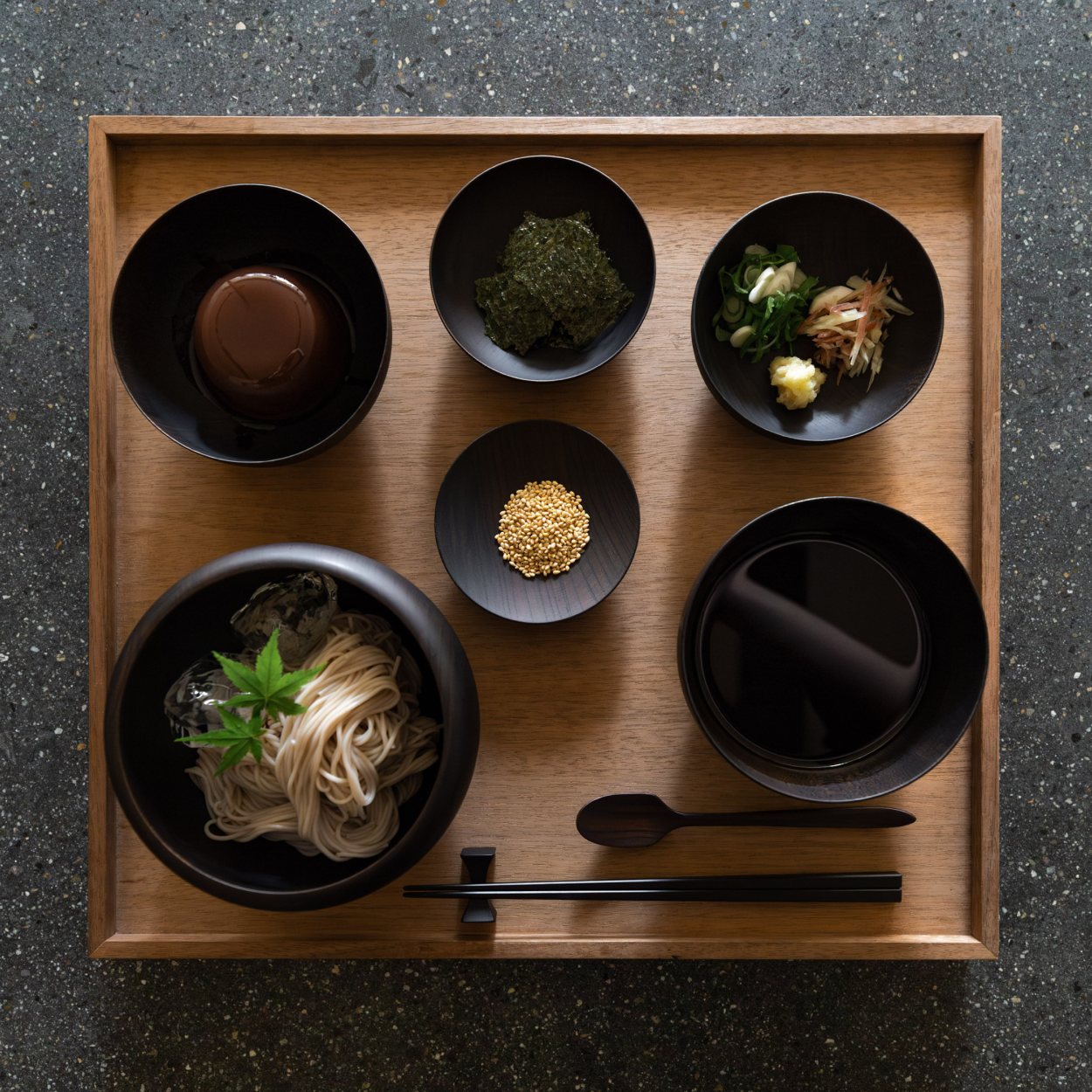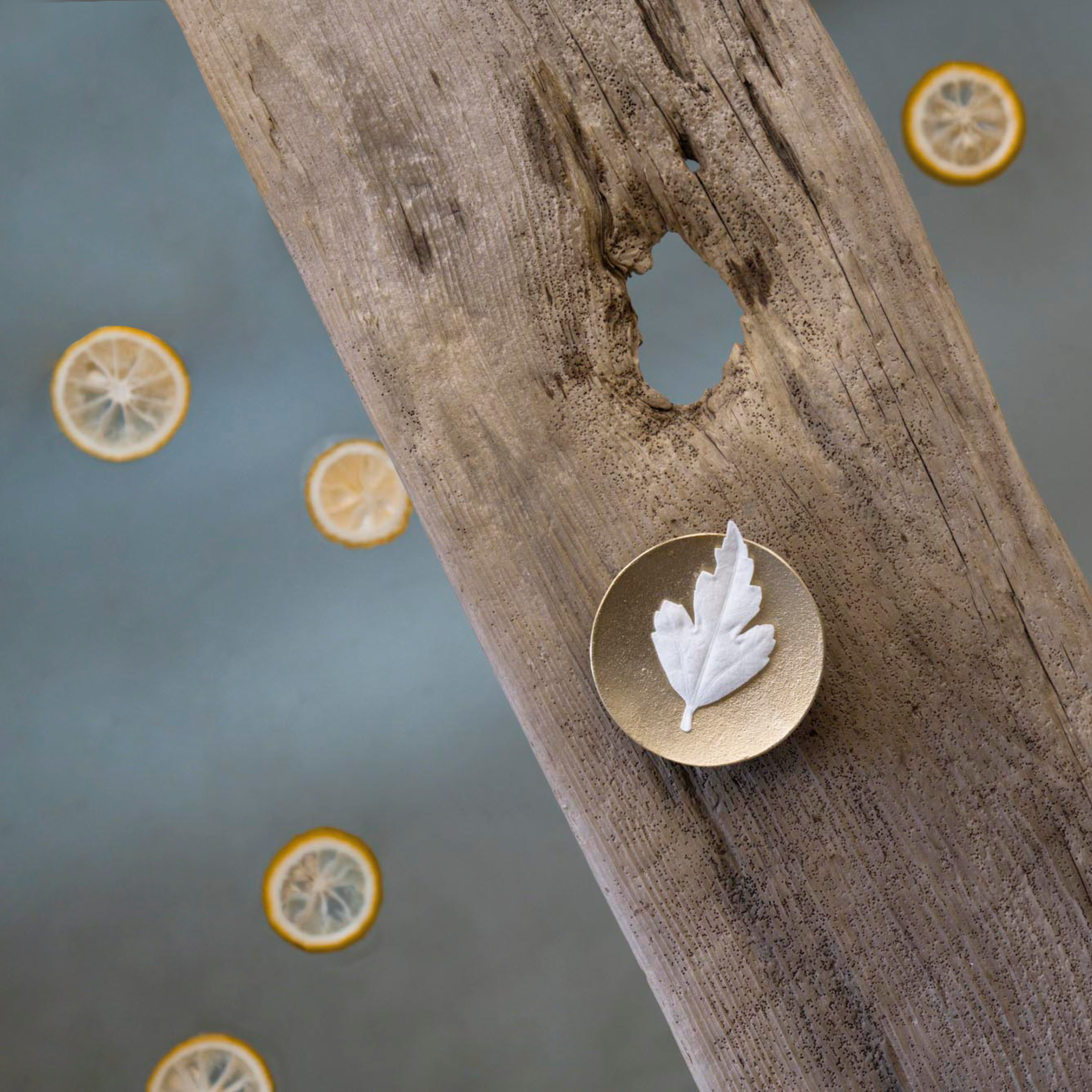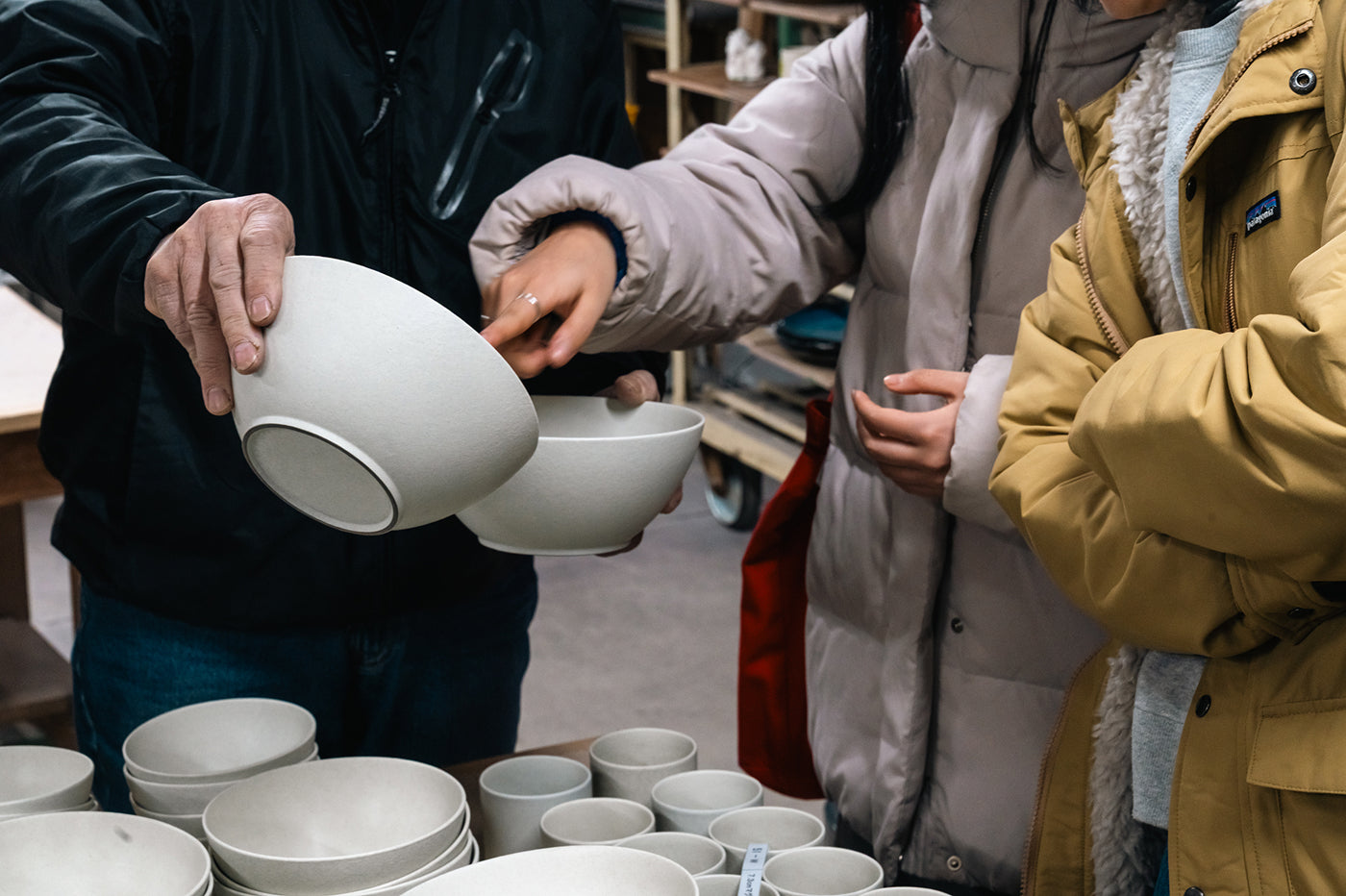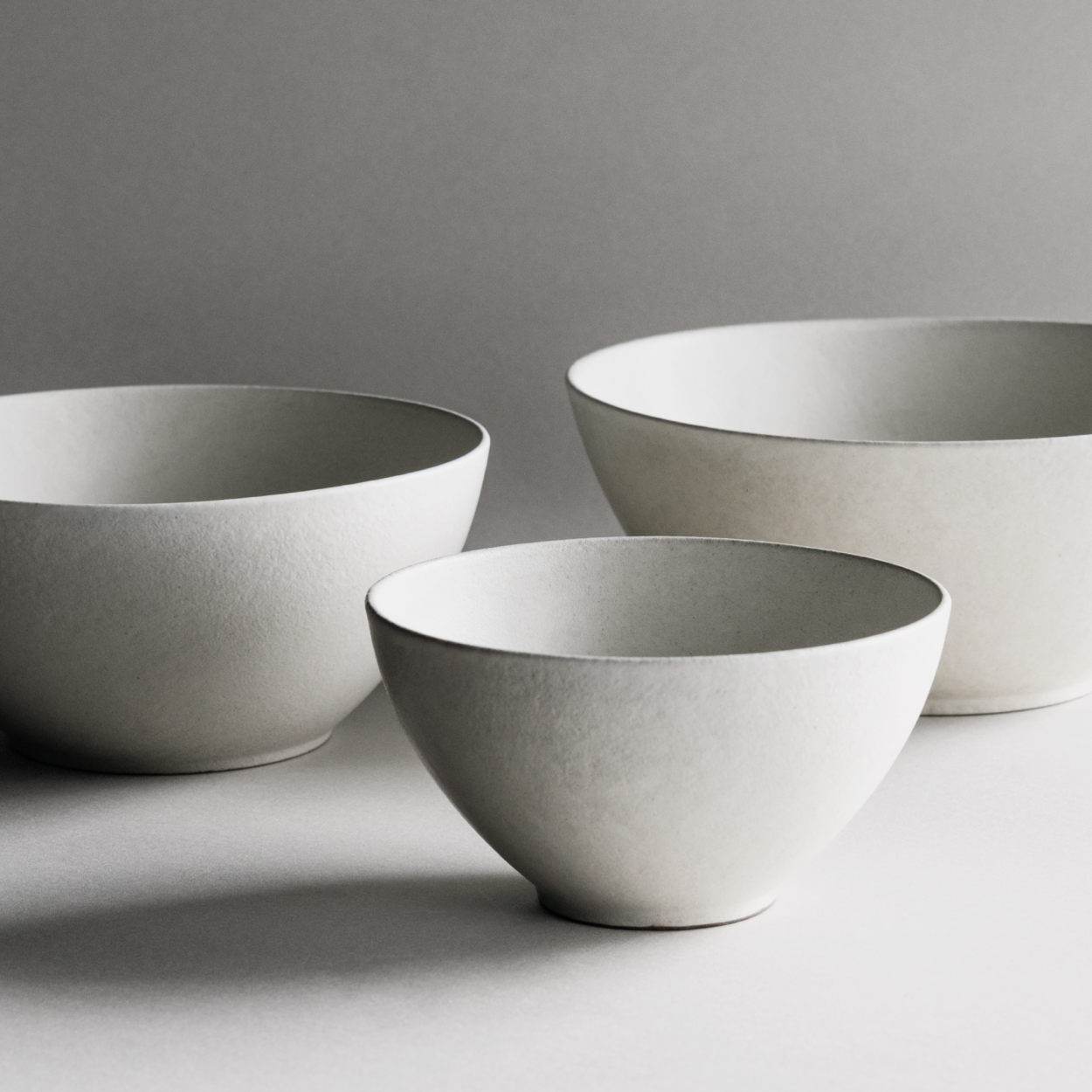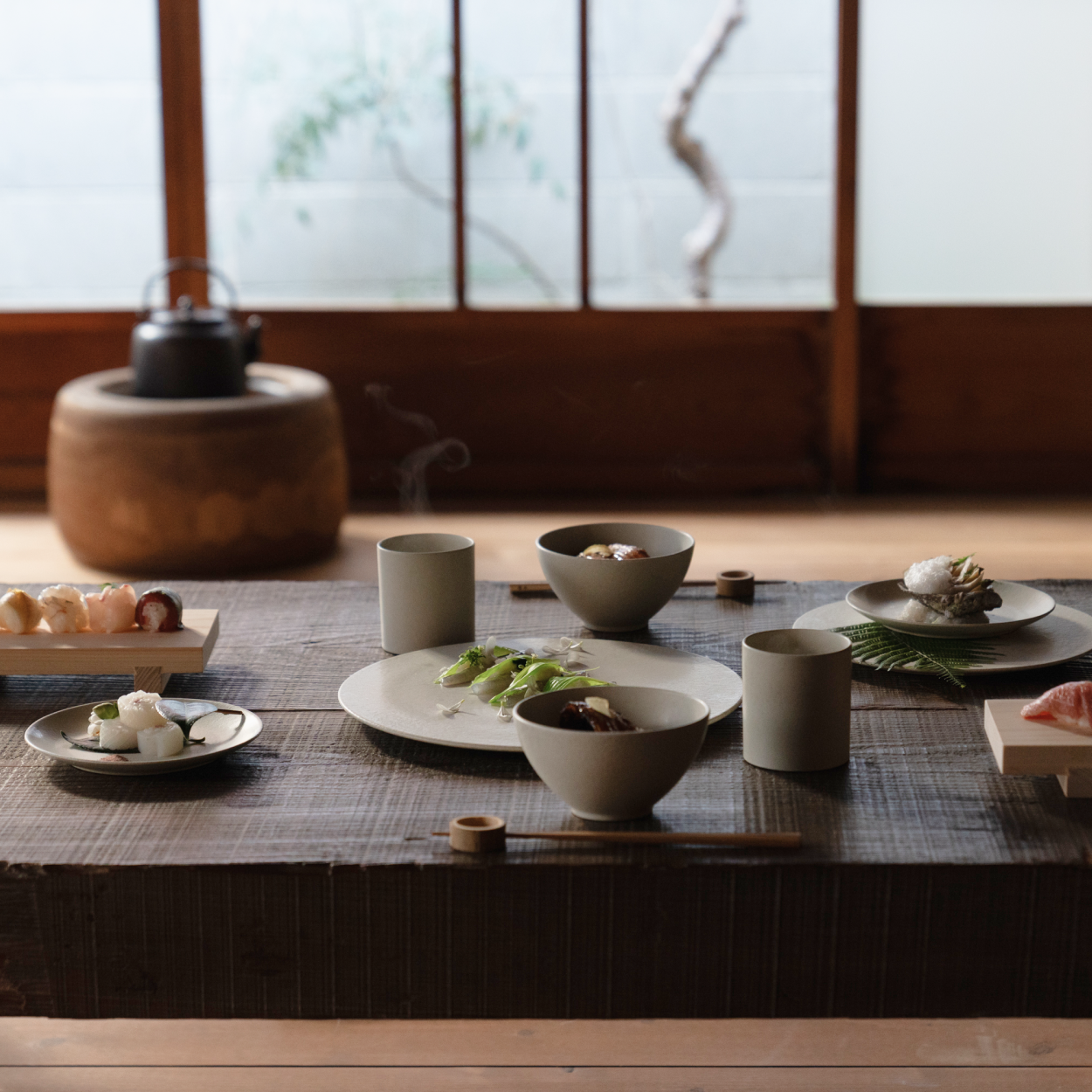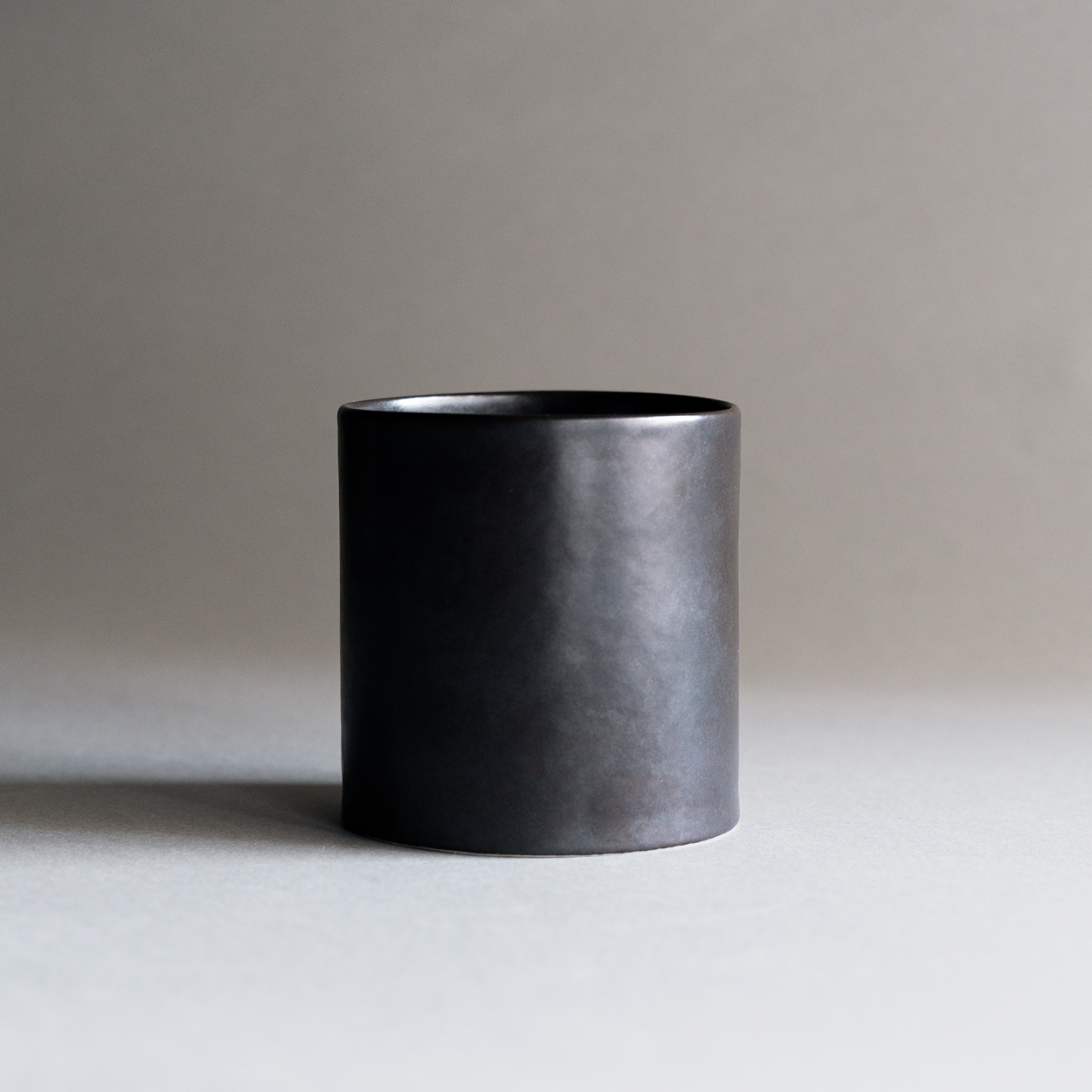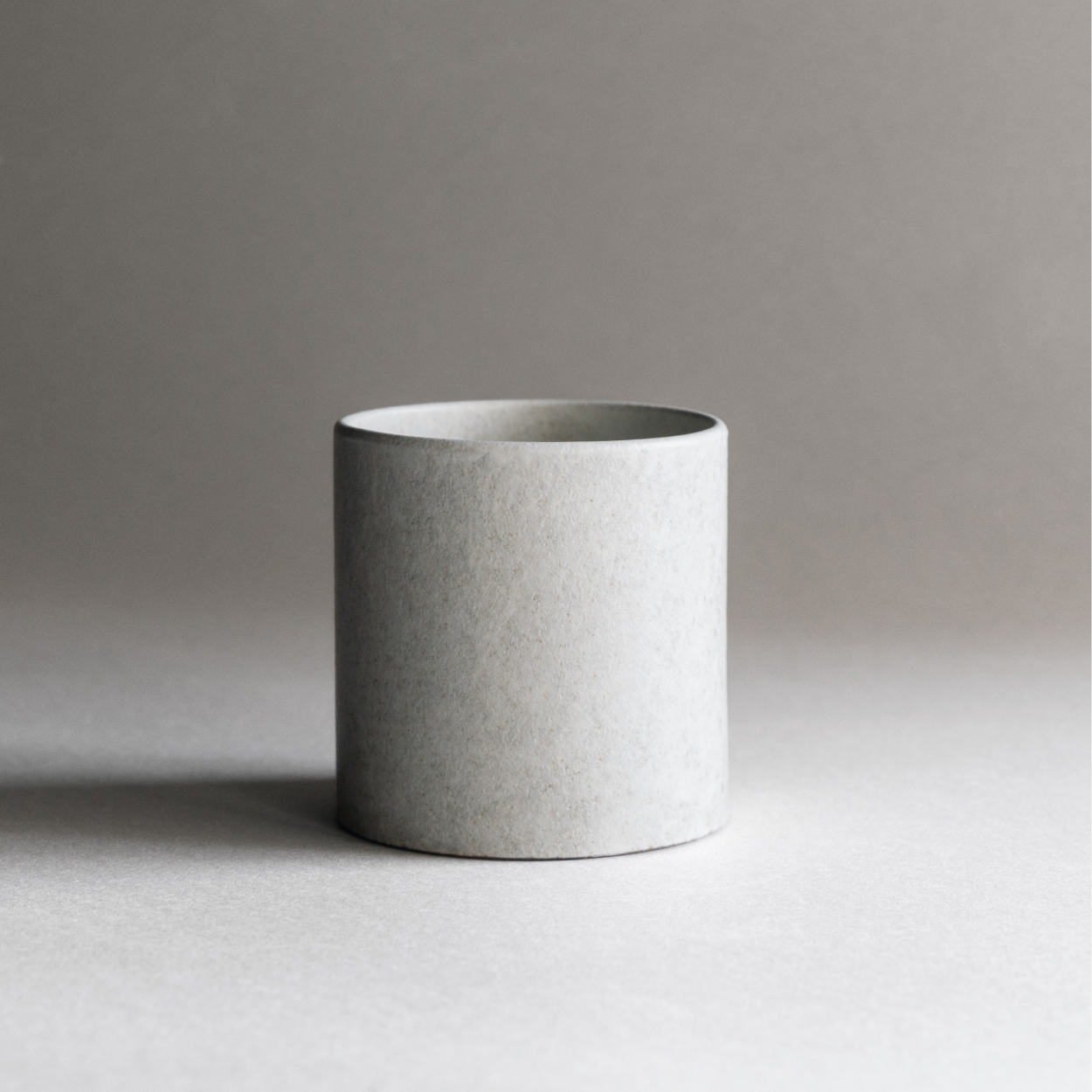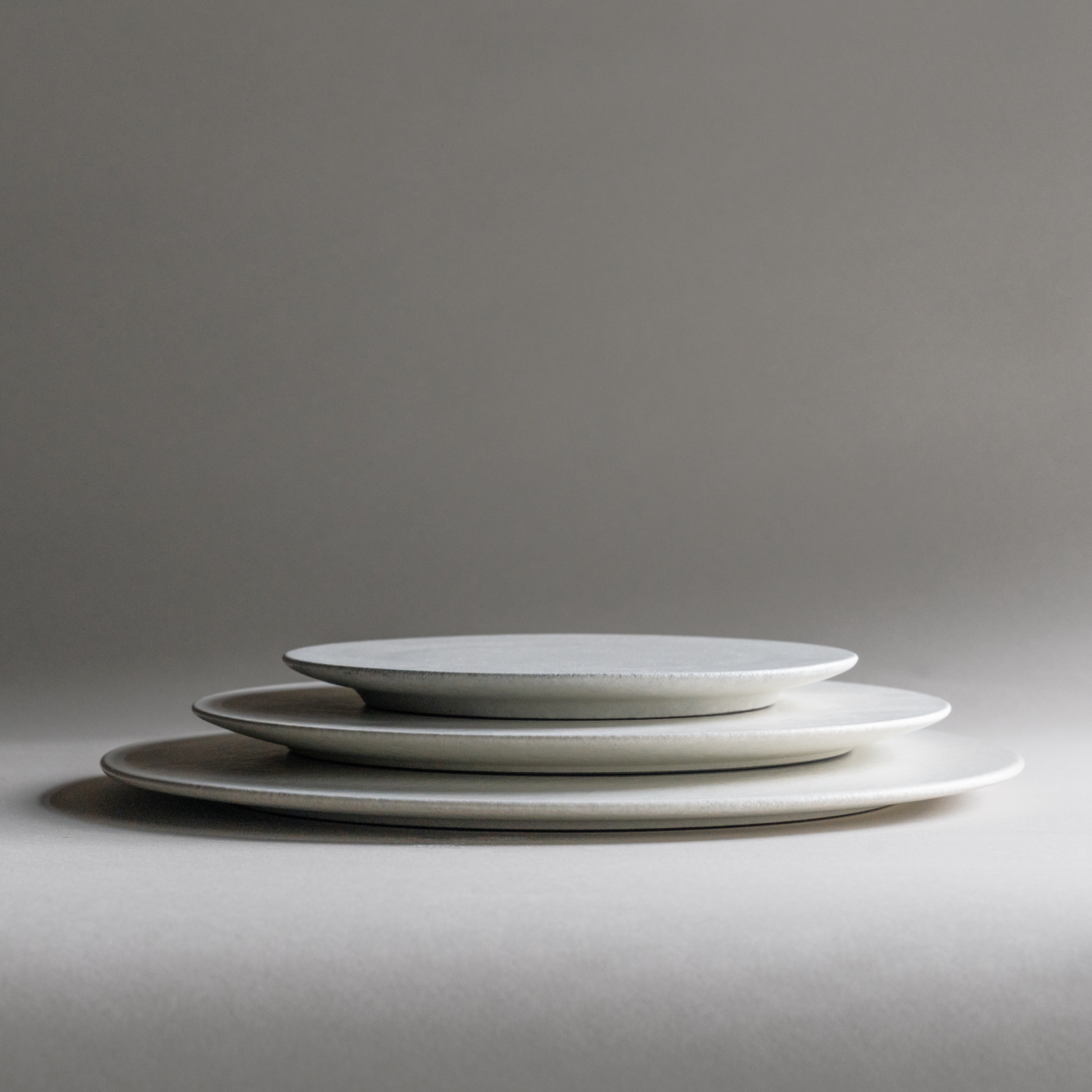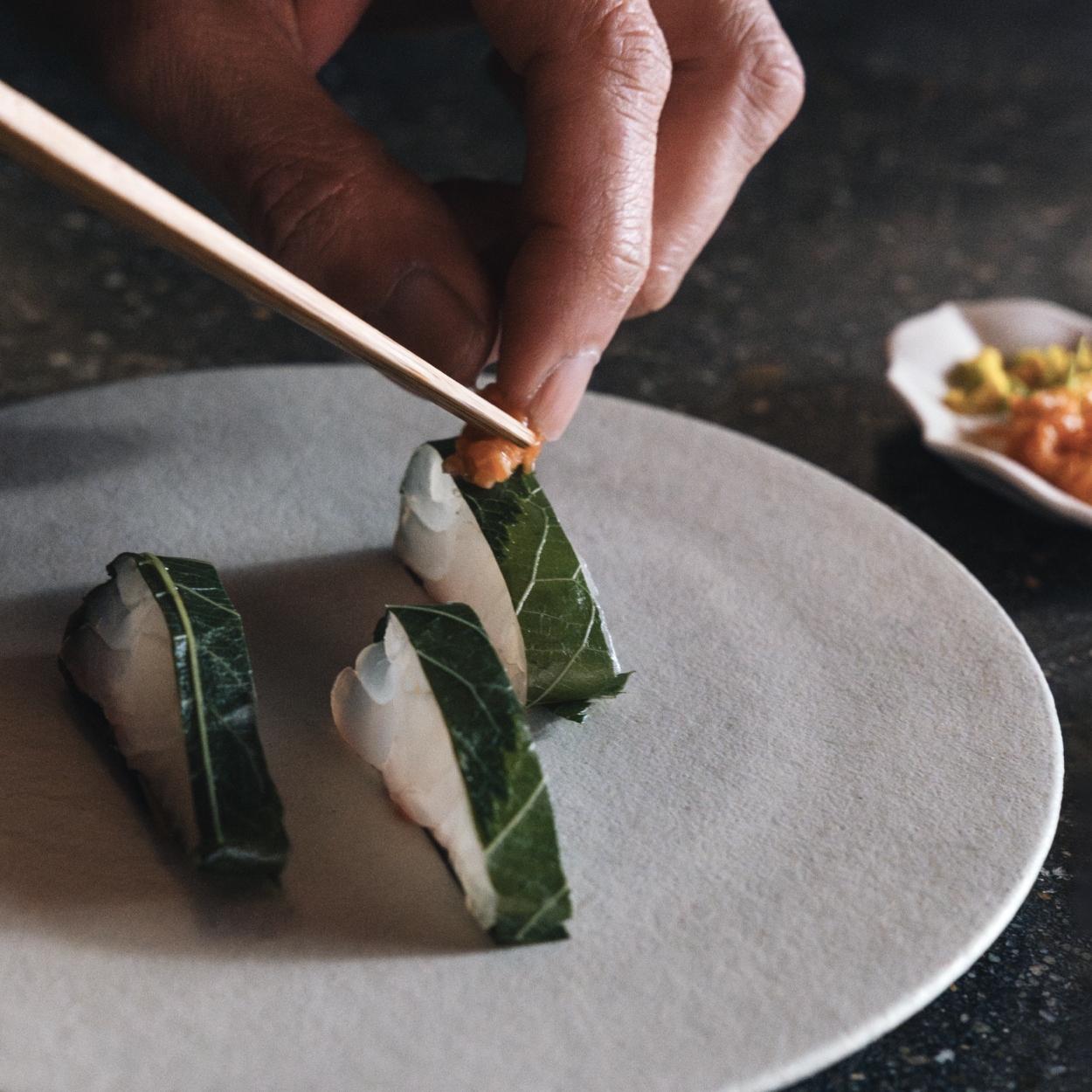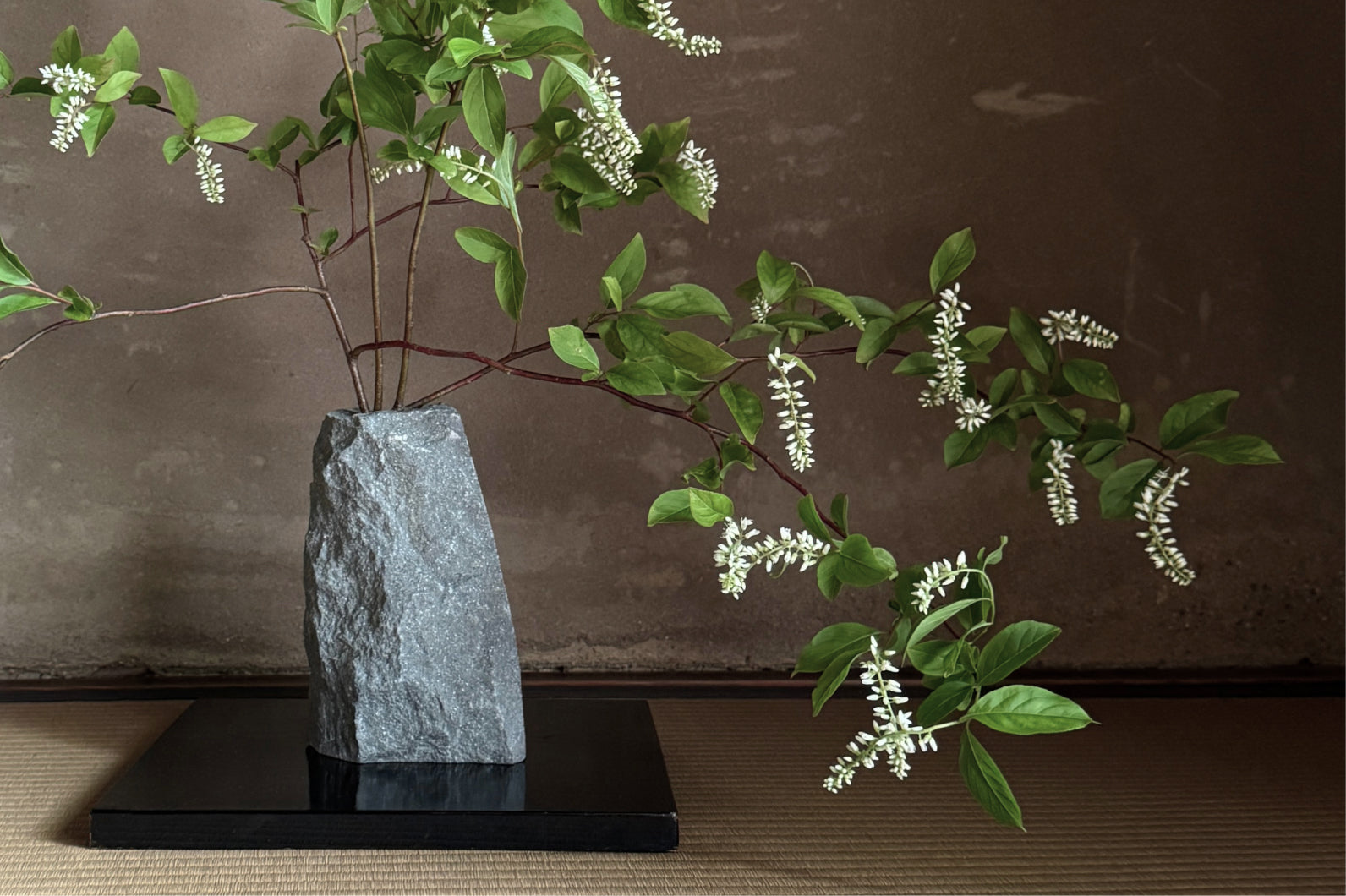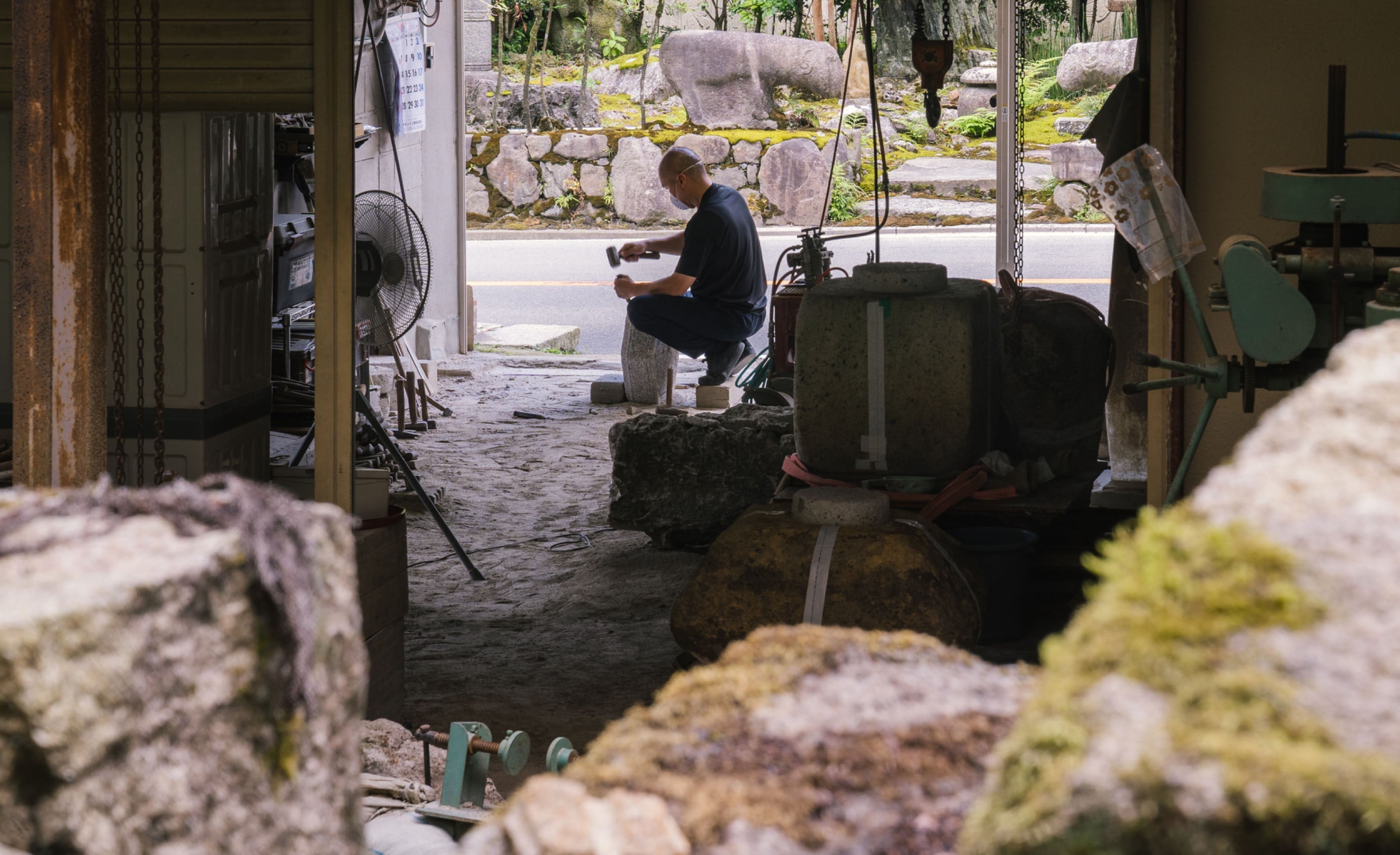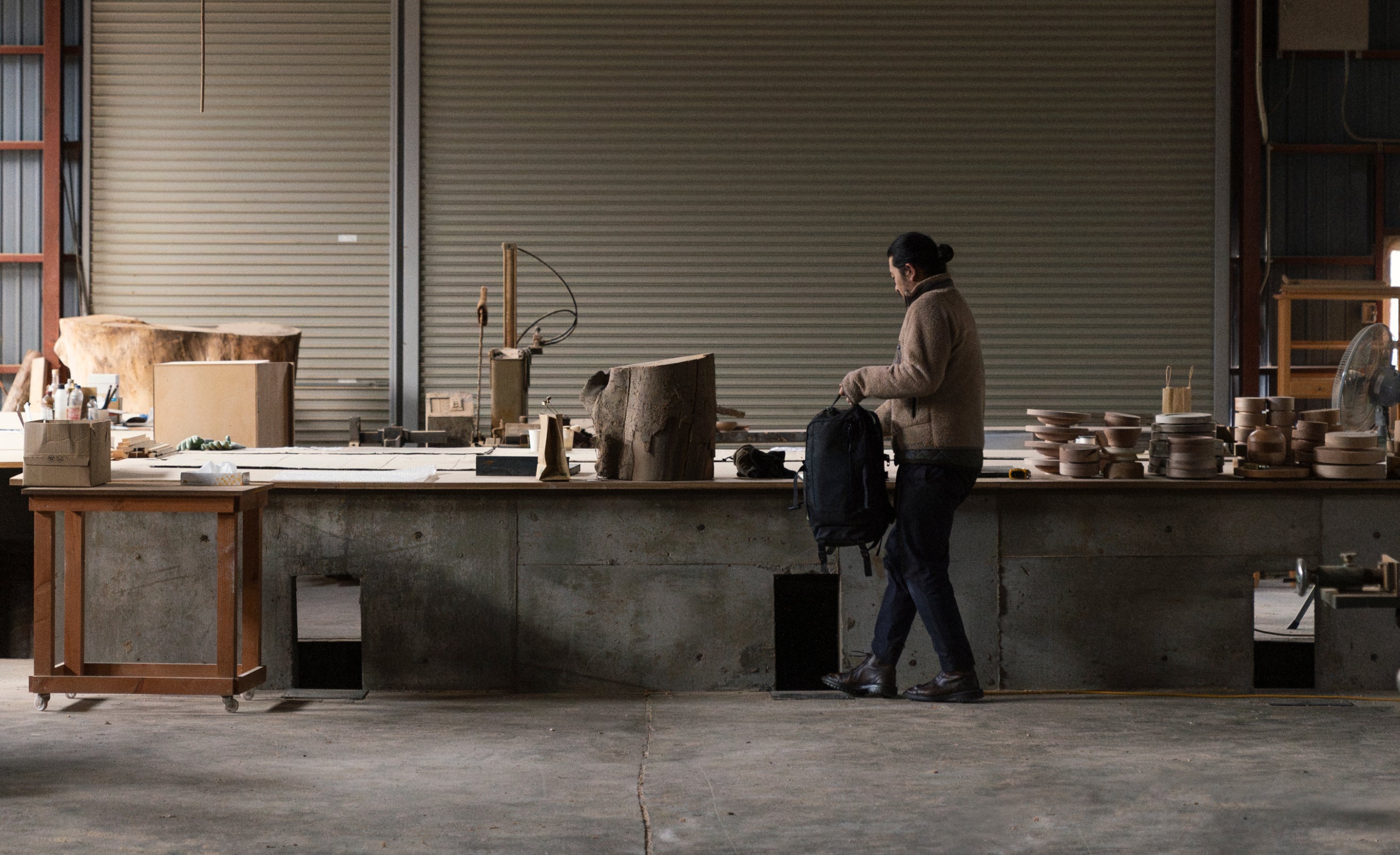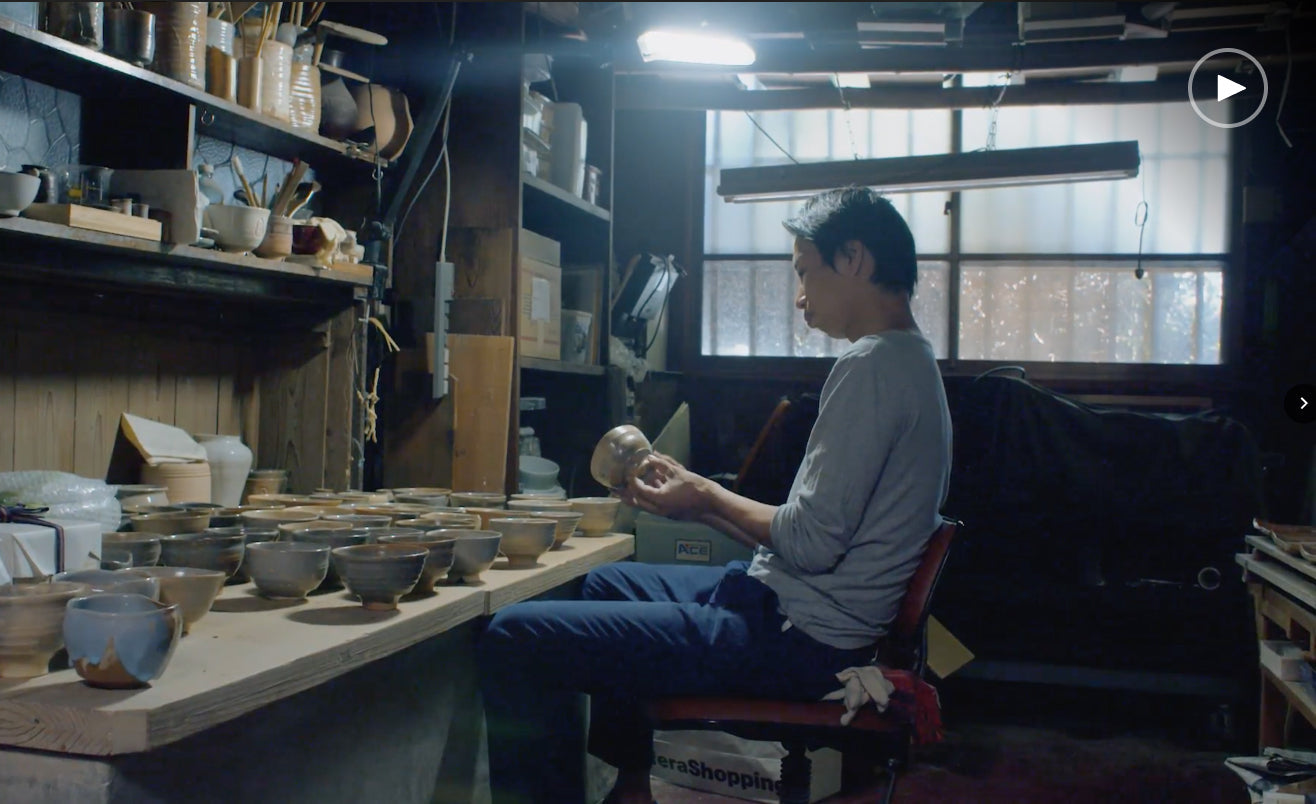ABOUT THE ARTISAN
Shiga Prefecture — Kyoto’s neighbor to the east — is home to one of Japan’s six ancient kilns. Its history extends back to 742 AD.
Famous for the high-quality ceramics that come from prehistoric lake-bed soil, Shigaraki pieces are renowned throughout Japan.
Oogoya is a 4th generation workshop specializing in Shigaraki ware. Spearheaded by the entrepreneurial Okuda-san, Oogoya has turned their 13,000 m2 premises into a community hub.
They open their facility up to young local artists who want to start working with ceramics but don’t have all the equipment or resources to go through the full process. Okuda-san built a retail emporium where visitors can peruse a huge range of pottery.
For more elevated pieces, a second-floor gallery space displays the work of well-known artists, including those of Okamoto Tāro, who crafted the face of the Sun Tower for the 1970 World Expo in Osaka.
In addition to their ceramics workspace, they also have an onsite soba restaurant, and a cafe in their retail space. They also run interactive experiences where people can learn to work with ceramics themselves.
This spirit of innovation and exploration led POJ Studio to Okuda-san and Oogoya for the first custom tableware project POJ Studio carried out.
DESIGNING THE SHIGARAKI COLLECTION: BRINGING OUT THE BEST IN JAPANESE CERAMICS
Every design decision in the Shigaraki tableware series is intentional: from the shape and size to glaze quality and base clay — everything has been meticulously considered and chosen in close collaboration.
This, admittedly, isn’t the typical arrangement between kilns and clients.
Up until that point, Okuda-san shared that he had only been expected to present completed pieces ready for purchase, and there typically was no additional creative input from his buyers.
“The most challenging aspect was aligning the expectations between the maker and the person who placed the order. We overcame this by producing many iterations. We tested and tested repeatedly until we finally decided on what worked.”
It was unusual to have a team of young designers questioning and encouraging new approaches.
POJ Studio had a specific vision of a modern tableware series that still honored traditional aesthetics, and this required a new way of working.
A much closer way of working. 
NEW IDEAS, TRADITIONAL TECHNIQUES, TIMELESS PIECES
“At the very beginning, POJ Studio asked me to create these shapes. We decided on it together while throwing at the pottery wheel. After that, we changed the mold two or three times before the shape was finalized. On top of that, it took over a year to finalize the glaze.”
The POJ Studio team stood beside Okuda-san as he threw and shaped pieces directly on the pottery wheel, deciding and adjusting the form on the spot.
They went back and forth over the technicalities of the glaze to achieve an exact balance between luminosity, matte glaze, textured surface, and depth of color.
This is in large part thanks to Okuda-san’s ingenious suggestion to use black clay under white glaze, and white clay under black glaze. This creates a very unique color quality that achieves the desired effect.
“This piece is porcelain, but it does not have a glossy surface and instead absorbs light; its true beauty is revealed when viewed in candlelight. Each piece is carefully glazed and double-glazed, resulting in a texture that reflects the essence of Japanese Wabi Sabi.”

THE VALUE OF EXTENDED COLLABORATION
Nothing about this tableware collection was done quickly.
From the year-long design process to the double-glazing that’s done by hand, to the historic origins of this varietal of porcelain, each aspect has a time element that goes against a churn-and-burn production model.
Taking the longer path has proven to be the right decision.
Collaborating like this resulted in a very close relationship between maker and seller: the degrees of separation between R&D, design, production, and retail are very narrow.
POJ Studio deeply values and respects the expertise of Oogoya’s porcelain ceramics and high-quality Shigaraki ware, and Oogoya values the new ideas and design challenges that POJ Studio brings to the table.
By building trust in each other’s thinking, inherited knowledge finds steady footing with a modern audience.

... AND AN EXTENDED COLLECTION
We recently added a new expansion to the original Shigaraki tableware series, bringing over a dozen new pieces into the mix.
It’s thanks to the ongoing experimentation between teams that we can create even more possibilities for a customized table setting. Shop the full Shigaraki Collection and design a dining layout that suits your tastes.
